Home>Furniture>Outdoor Furniture>How To Build A Patio Roof Extension
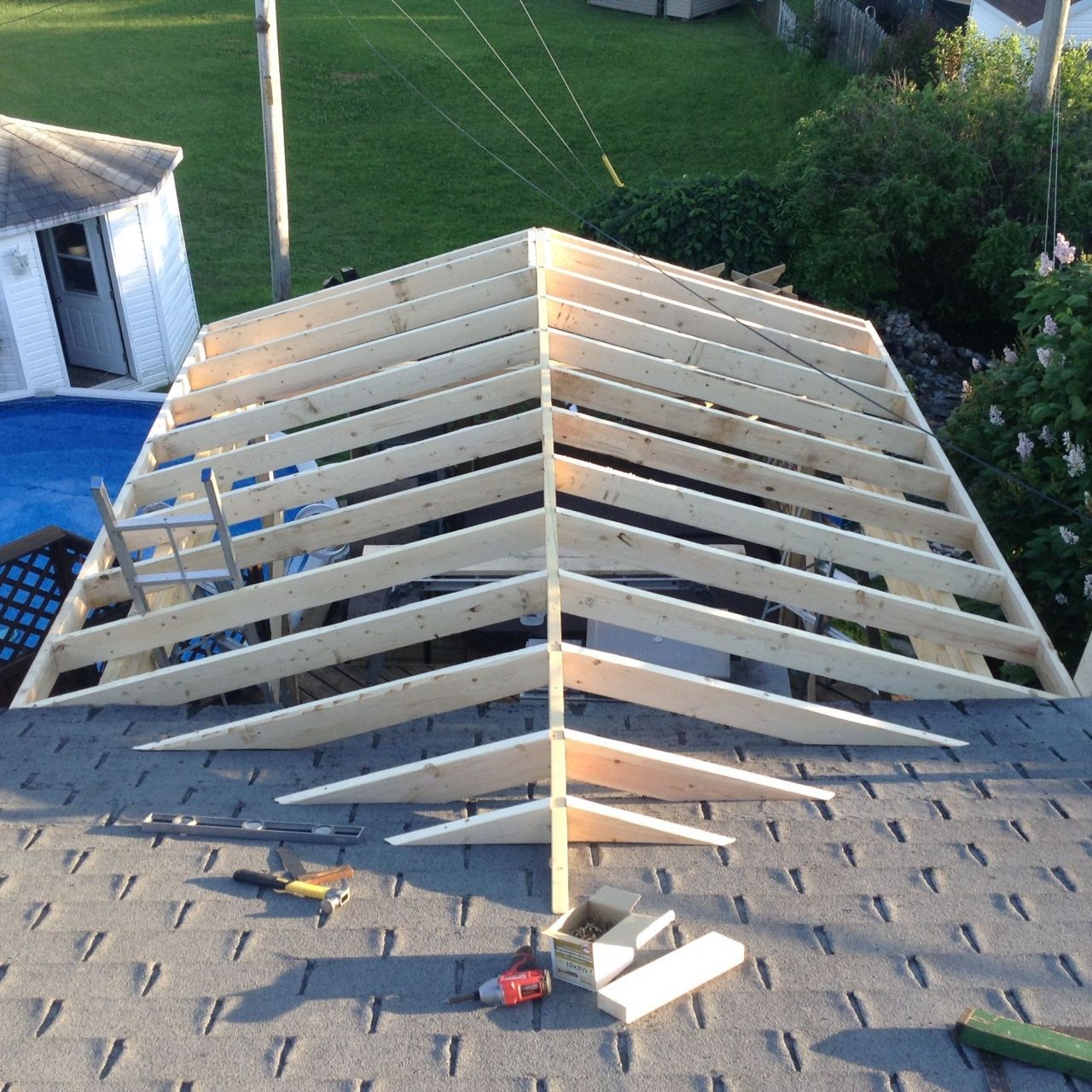

Outdoor Furniture
How To Build A Patio Roof Extension
Modified: May 6, 2024
Learn how to build a patio roof extension to transform your outdoor space. Create the perfect setting for your outdoor furniture and enjoy the shade and protection it provides.
(Many of the links in this article redirect to a specific reviewed product. Your purchase of these products through affiliate links helps to generate commission for Storables.com, at no extra cost. Learn more)
Introduction
Adding a patio roof extension to your outdoor living space is an excellent way to create a comfortable area for relaxation and entertainment. Whether you want to provide shade from the sun, protect your furniture from rain, or simply enhance the overall appeal of your patio, building a roof extension can be a rewarding project.
However, before you dive into the construction process, it’s essential to have a clear plan in place and familiarize yourself with the necessary steps. This comprehensive guide will walk you through each stage, from initial planning to final touches, ensuring that you have all the information you need to successfully build a patio roof extension.
In this article, we will explore the key steps involved in building a patio roof extension, including planning and designing, obtaining permits and approvals, gathering materials and tools, preparing the existing patio, framing the roof extension, installing roofing materials, adding support beams and posts, securing the roof extension, and applying finishing touches.
Whether you are a seasoned DIYer or a beginner in construction projects, this guide will equip you with the knowledge and confidence to tackle this endeavor. So, let’s get started on creating the patio of your dreams!
Key Takeaways:
- Planning and designing your patio roof extension is crucial for creating a beautiful and functional outdoor space. Consider the purpose, size, materials, and local regulations to ensure a successful project.
- Proper preparation, securing the structure, and adding finishing touches are essential for building a durable and inviting patio roof extension. Pay attention to details and prioritize safety throughout the construction process.
Read more: How To Build A Patio Roof
Step 1: Planning and Designing
The first step in building a patio roof extension is careful planning and designing. This stage is crucial as it sets the foundation for the entire project and ensures that your vision aligns with practicality and safety.
To begin, determine the purpose of your roof extension. Do you want it primarily for shade, protection from the elements, or a combination of both? Consider the orientation of your patio and how the sun’s path will affect the area throughout the day.
Next, assess the size and shape of your patio. Measure the dimensions and take note of any obstacles such as trees, neighboring structures, or uneven terrain. This information will help you determine the appropriate size and layout of your roof extension.
When designing your roof extension, consider the architectural style of your home and strive for a cohesive aesthetic. You may choose to match the existing roof style or opt for a different design that complements your home’s overall look.
Additionally, think about the materials you want to use for your roof extension. The most common options include metal, shingles, polycarbonate sheets, or fabric canopies. Each material has its own advantages and considerations, so do your research and choose the one that best suits your needs and budget.
Once you have a clear idea of your design preferences, create a detailed plan or sketch of the roof extension. Include measurements, angles, and any additional features such as lighting or ceiling fans. This plan will serve as a guide during the construction process.
Lastly, before moving forward, it’s important to check local building codes and regulations. Contact your local building department to understand the permits and approvals required for your project. Ensure that your design and construction plan comply with these requirements to avoid any future issues.
By thoroughly planning and designing your patio roof extension, you lay the groundwork for a successful and satisfying project. Keep your vision, practicality, and safety in mind during this stage to create a beautiful and functional outdoor space.
Step 2: Obtaining Necessary Permits and Approvals
Before you begin the construction of your patio roof extension, it is crucial to obtain the necessary permits and approvals from your local building department. These permits ensure that your project complies with local building codes and regulations, guaranteeing safety and adherence to legal requirements.
Start by contacting your local building department to inquire about the specific permits required for building a patio roof extension. Typically, you will need a building permit, which may involve submitting detailed plans, specifications, and other relevant documents.
Some common requirements for permit applications may include:
- Site plans: These outline the location of the patio, the dimensions of the roof extension, and its distances from property lines and existing structures.
- Structural plans: These provide detailed drawings and calculations of the roof structure, including support beams, posts, and trusses.
- Roofing materials and specifications: These specify the type of roofing materials, such as shingles or metal, and provide information on their fire resistance rating and wind load capacity.
- Electrical plans: If you plan to install lighting or electrical outlets in your patio roof extension, you may need to submit electrical plans prepared by a licensed electrician.
Once you have gathered all the required documents and plans, submit your permit application to the building department. Be prepared to pay any necessary fees associated with the permit application.
It is essential to note that the permit process can vary depending on your location and the complexity of your project. Some cities may require additional inspections or approvals, so be sure to follow up with the building department and comply with any additional requirements.
Obtaining the necessary permits and approvals may take time, so factor this into your project timeline. It is crucial to wait for the permits to be approved before starting any construction work to avoid potential fines or being required to remove non-permitted structures.
By diligently obtaining the necessary permits and approvals, you ensure that your patio roof extension is constructed in compliance with local regulations, providing you with peace of mind and a safe outdoor living space.
Step 3: Gathering Materials and Tools
Once you have obtained the necessary permits and approvals for your patio roof extension, it’s time to gather the materials and tools required for the construction process. Having all the necessary items on hand before you begin will help streamline the construction process and prevent delays.
Start by creating a comprehensive list of the materials you will need. This list may include:
- Roofing materials: Depending on your design and personal preferences, you may need metal roofing panels, asphalt shingles, polycarbonate sheets, or fabric canopies.
- Lumber: Purchase high-quality pressure-treated lumber for the frame, support posts, and beams. Pay attention to the dimensions specified in your design plans.
- Hardware: Stock up on nails, screws, nuts, bolts, and brackets needed for framing and attaching the roof materials.
- Waterproofing materials: Depending on your roofing choice, you may need flashing, underlayment, and sealant to ensure the roof is watertight.
- Tools: Gather the necessary tools for the construction process, such as a circular saw, miter saw, drill, level, tape measure, ladder, and safety equipment like gloves and goggles.
Once you have your materials list, it’s time to start shopping. Visit your local hardware stores, lumber yards, or home improvement centers to gather all the necessary items. Compare prices, quality, and availability to ensure you get the best value for your money.
Consider the delivery of larger materials such as lumber or roofing panels. If you don’t have the means to transport them, inquire if the store offers delivery services. This will save you time and effort in moving heavy and bulky items.
Before starting the construction process, make sure you have all the tools needed to complete the project. If you don’t have certain tools, consider borrowing from friends or family, or even renting them from a local tool rental service.
By gathering all the materials and tools beforehand, you ensure a smooth and uninterrupted construction process. This will save you time and potential frustration by eliminating the need to make multiple trips to the store during the project.
Step 4: Preparing the Existing Patio
Before you can begin constructing the roof extension, it’s essential to prepare the existing patio surface to ensure a stable and durable foundation. Proper preparation will help prevent issues such as water damage, unevenness, and structural instability.
Start by thoroughly cleaning the patio surface. Remove any dirt, debris, or loose materials such as leaves, branches, or rocks. Use a broom or a leaf blower to clear the area, and consider using a power washer if there are stubborn stains or grime.
Inspect the existing patio for any signs of damage, such as cracks or unevenness. If you find any cracks, repair them using a suitable concrete repair product, following the manufacturer’s instructions. For larger cracks or extensive damage, it may be necessary to consult with a professional or consider resurfacing the entire patio.
Check the slope of your patio to ensure proper drainage. Ideally, the patio surface should have a slight slope away from your house, allowing water to run off efficiently. If the slope is inadequate, you can use a leveling compound or a grinder to adjust the surface and create the desired slope.
If your patio is made of a porous material such as concrete or stone, consider applying a waterproofing sealant to protect it from moisture penetration. This will help prevent water damage and extend the lifespan of your patio.
Inspect the integrity of any existing columns or support posts that may be part of your patio structure. Check for any signs of rot, termite damage, or structural weakness. If you notice any issues, it may be necessary to repair or replace the affected components before proceeding with the roof extension.
By thoroughly preparing the existing patio, you create a solid and stable foundation for your roof extension. Taking the time to clean, repair, and assess the condition of the patio will ensure the longevity and integrity of your project.
Step 5: Framing the Roof Extension
With the existing patio prepared, it’s time to start framing the roof extension. The framing provides the structural support for the roof and ensures its stability and durability.
Start by measuring and marking the desired location of the support beams and posts according to your design plan. Use a tape measure, level, and chalk line to ensure accuracy. Consider the load-bearing capacity of the existing patio and choose appropriate beam and post materials that can withstand the weight of the roof.
Once the locations are marked, start by installing the support beams. These beams will run parallel to the existing structure or perpendicular to it, depending on your design. Use pressure-treated lumber for the beams, ensuring they are securely attached to the existing patio or support columns. Use appropriate hardware such as brackets, joist hangers, or metal connectors to strengthen the connections.
Next, install the support posts. These posts will provide additional stability and load-bearing capacity for the roof extension. Position the posts according to your design plan and ensure they are plumb and level. Use a post level and temporary bracing to hold the posts in place while you secure them to the support beams and the existing patio.
During the framing process, take care to align all the beams and posts properly and ensure they are securely fastened together. Use appropriate screws, nails, or bolts to connect the pieces, following the recommended guidelines for spacing and attachment. Double-check the stability and straightness of the framing structure before proceeding further.
If your design includes additional elements such as roof trusses, rafters, or cross beams, install them according to the specifications in your design plan. These components will provide further support and stability to the roof extension, ensuring its longevity and load-bearing capacity.
By carefully framing the roof extension, you create a solid and stable structure to support the roofing materials. Take your time to measure, mark, and align the beams, posts, and other components, ensuring proper attachment and connection. This step sets the stage for the installation of the roof materials in the next stage of the construction process.
When building a patio roof extension, make sure to use durable and weather-resistant materials to ensure longevity and protection from the elements.
Step 6: Installing Roofing Materials
With the framing complete, it’s time to move on to the installation of the roofing materials for your patio roof extension. Choosing the right roofing materials is essential for both functionality and aesthetics, as they will protect your patio from the elements while enhancing its overall appearance.
Start by carefully measuring the dimensions of the roof extension and calculating the amount of roofing material you will need. This will help you avoid any shortage or wastage of materials. If you are using shingles or metal panels, make sure to account for overlaps and consider any specific installation requirements.
If you are installing metal roofing panels, begin by laying a layer of underlayment over the framing. This will provide an additional barrier against moisture and improve the overall durability of the roof. Then, starting from one corner of the roof, secure the metal panels in place using roofing screws or nails, following the manufacturer’s instructions. Remember to leave appropriate expansion gaps if specified by the manufacturer to accommodate potential movement.
If you are using asphalt shingles, start by installing an underlayment as a moisture barrier. Then, starting at the bottom edge of the roof, lay the shingles in overlapping rows, securing them with roofing nails or staples. Follow the manufacturer’s instructions for proper installation techniques, such as nailing placement and row staggering.
If your design includes polycarbonate sheets or fabric canopies, carefully install them according to the manufacturer’s instructions. Ensure they are properly secured and provide the desired coverage and protection for your patio.
Throughout the installation process, pay attention to the alignment, spacing, and levelness of the roofing materials. Double-check for any gaps, overlap issues, or loose areas that need adjustment or reinforcement. Proper installation is crucial to ensure a watertight and long-lasting roof for your patio extension.
As you install the roofing materials, take extra precautions for safety. Use appropriate personal protective equipment, such as gloves and goggles, and consider having a helper to assist with the heavy or awkwardly shaped materials. If you are working at heights, make sure to use a sturdy and properly positioned ladder or scaffolding system.
By meticulously installing the roofing materials for your patio roof extension, you create a functional, weather-resistant, and visually appealing addition to your outdoor living space. Take your time, follow the manufacturer’s instructions, and ensure proper alignment and fastening to achieve the desired results.
Step 7: Adding Support Beams and Posts
Once the roofing materials are installed, it’s time to focus on adding support beams and posts to strengthen the structure of your patio roof extension. These components play a crucial role in ensuring the stability and longevity of the roof.
Start by determining the appropriate size, length, and placement of the support beams. These beams will provide additional support for the roof, distributing the weight evenly and preventing sagging or structural issues. Use pressure-treated lumber for the beams, selected according to the load-bearing requirements of your design.
Secure the support beams to the existing framework, typically attaching them to the top of the existing support posts or the main frame of the roof extension. Use appropriate hardware such as brackets, joist hangers, or metal connectors to ensure a strong and secure connection.
Next, focus on adding support posts to further reinforce the structure. The number of support posts you will need will depend on the size and design of your patio roof extension. Position the posts strategically to evenly distribute the weight of the roof and provide adequate support.
Like the support beams, use pressure-treated lumber for the support posts. Make sure the posts are plumb and level before attaching them to the support beams and the existing patio or framework. Use temporary bracing and a post level during the installation process to ensure proper alignment.
Once the support posts are in place, securely attach them to the support beams and the existing structure. Use appropriate hardware such as post bases or post anchors to provide a strong and stable connection. Double-check for any wobbling or instability, making any necessary adjustments or reinforcements as needed.
Throughout the process of adding support beams and posts, take care to align the components properly, ensure levelness and stability, and use appropriate hardware for secure attachment. Properly installed support beams and posts will provide the necessary strength and support for your patio roof extension, ensuring a durable and safe outdoor space.
Step 8: Securing the Roof Extension
After completing the installation of the support beams and posts, the next step is to focus on securing the entire roof extension. Properly securing the roof is crucial for ensuring its stability, especially in areas with high winds or inclement weather conditions.
One of the key elements in securing the roof extension is adding appropriate bracing or cross supports. These components help distribute the weight of the roof evenly and prevent unnecessary movement or shifting. Install diagonal bracing between the support posts and beams to strengthen the structure and minimize the risk of sway.
Ensure that the connections between the support beams, posts, and bracing are secure. Use strong nails, screws, or bolts, along with suitable hardware, to firmly attach the components together. Tighten all connections and check for any signs of looseness or instability.
Consider reinforcing any potential weak points or areas prone to movement. This could include adding additional screws or nails in areas where the decking or roofing material meets the support structure. Reinforce connections with additional hardware if necessary, ensuring all elements of the roof extension work together cohesively.
Inspect the entire roof extension for any signs of gaps, cracks, or loose materials. Make any necessary repairs or adjustments to ensure a tight and secure roof. Pay special attention to the edges and seams where water intrusion could be more likely.
Additionally, consider the placement of downspouts or gutters to manage water runoff from the roof extension. Proper drainage is essential in preventing water damage and maintaining the integrity of the structure. Install downspouts that direct water away from the foundation of your home or into a suitable drainage system.
Throughout the securing process, prioritize safety measures. Use appropriate safety equipment such as gloves, goggles, and hard hats, especially when working at heights or handling heavy materials. Have a helper or partner to assist you in holding and securing components securely.
By taking the time to properly secure the roof extension, you ensure its stability and durability. Pay attention to all connections, bracing, and potential weak points to create a sturdy and reliable structure that can withstand various weather conditions for years to come.
Read more: How Much To Build A Patio Roof
Step 9: Finishing Touches
With the main construction of your patio roof extension complete, it’s time to move on to the final step: adding the finishing touches. These details will not only enhance the overall look of your outdoor space but also provide functionality and comfort.
Start by considering any additional features you would like to incorporate into your patio roof extension. This could include lighting fixtures, ceiling fans, or even outdoor speakers. Plan the placement and wiring of these elements to ensure proper functionality and aesthetics. Consult with a professional if you are unsure about the electrical aspects.
Consider adding a suitable ceiling to your patio roof extension. This could be tongue and groove wood, bamboo, or any other material that complements your design. A ceiling can help create a cozy and polished look while providing additional insulation and protection from the elements.
Think about the overall aesthetics of your outdoor space. Choose a color scheme that harmonizes with your home and existing outdoor furniture. Consider adding decorative elements such as hanging plants, outdoor curtains, or stylish furniture to create a comfortable and inviting atmosphere.
Ensure that the roof and all materials have been properly sealed, stained, or painted as needed. This will help protect the structure from weather damage and extend its lifespan. Regularly inspect and maintain the roof extension to address any signs of deterioration or wear
.
Lastly, don’t forget about the landscaping around the patio. Consider incorporating plants, shrubs, or flower beds to create a visually pleasing backdrop and enhance the overall ambiance of your outdoor space.
Throughout the finishing touches stage, pay attention to detail and ensure that all elements work cohesively together. Regularly clean and maintain the patio roof extension to prevent the buildup of dirt or debris.
By adding these final decorative and functional touches, your patio roof extension will be transformed into a beautiful and functional outdoor space. Take your time to carefully plan and execute the finishing touches, resulting in a space that you can enjoy for years to come.
Conclusion
Building a patio roof extension can transform your outdoor living space, providing shade, protection, and a cozy atmosphere for relaxation and entertainment. By following the steps outlined in this guide, you can successfully take on this exciting project.
From the initial planning and designing stage to the finishing touches, each step plays a crucial role in creating a functional and visually appealing patio roof extension. Proper preparation, obtaining necessary permits and approvals, gathering materials and tools, and careful installation are all essential for a successful outcome.
Remember to prioritize safety throughout the construction process, using appropriate protective gear and ensuring that all connections and structures are secure. Consult with professionals when needed, especially for electrical or complex roofing installations.
By adhering to local building codes and regulations, you can ensure that your patio roof extension is built with durability and longevity in mind. Taking the time to plan, design, and execute each stage of the project will result in a beautiful and functional addition to your outdoor space.
Once your patio roof extension is complete, enjoy the benefits it brings. Relax in the shade, entertain guests, and create lasting memories in your newly transformed outdoor oasis. Regular maintenance and inspections will help preserve the integrity of your patio roof extension for years to come.
Now it’s time to roll up your sleeves, get started, and turn your dream of a patio roof extension into a reality. Happy building!
Now that you've mastered building a patio roof extension, why not spruce up that deck for some serious outdoor living? Our next guide offers creative ideas for colorful decor and simple enhancements that will transform any deck into a cozy, vibrant space for relaxation and entertainment. Whether you're hosting a summer barbecue or just enjoying a quiet evening outside, these tips will surely elevate your outdoor experience.
Frequently Asked Questions about How To Build A Patio Roof Extension
Was this page helpful?
At Storables.com, we guarantee accurate and reliable information. Our content, validated by Expert Board Contributors, is crafted following stringent Editorial Policies. We're committed to providing you with well-researched, expert-backed insights for all your informational needs.
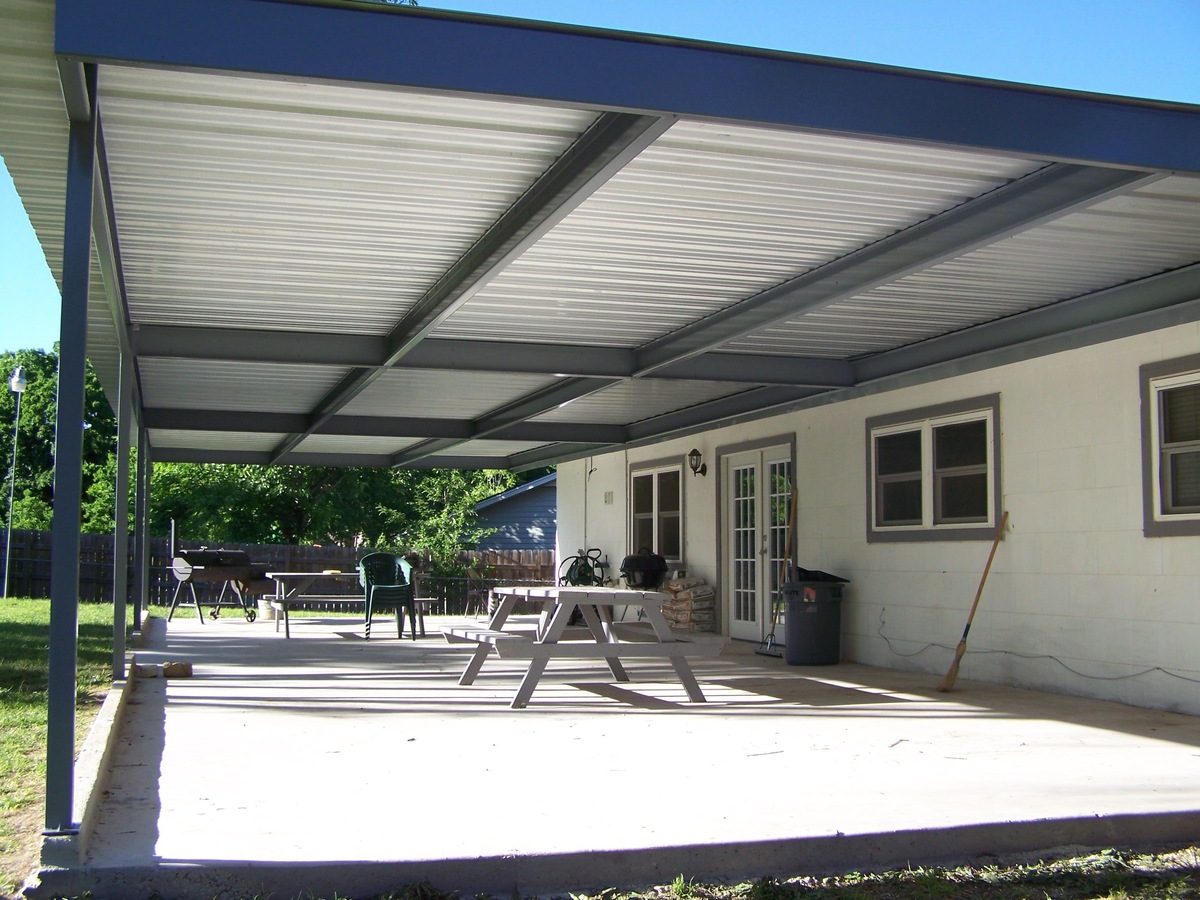
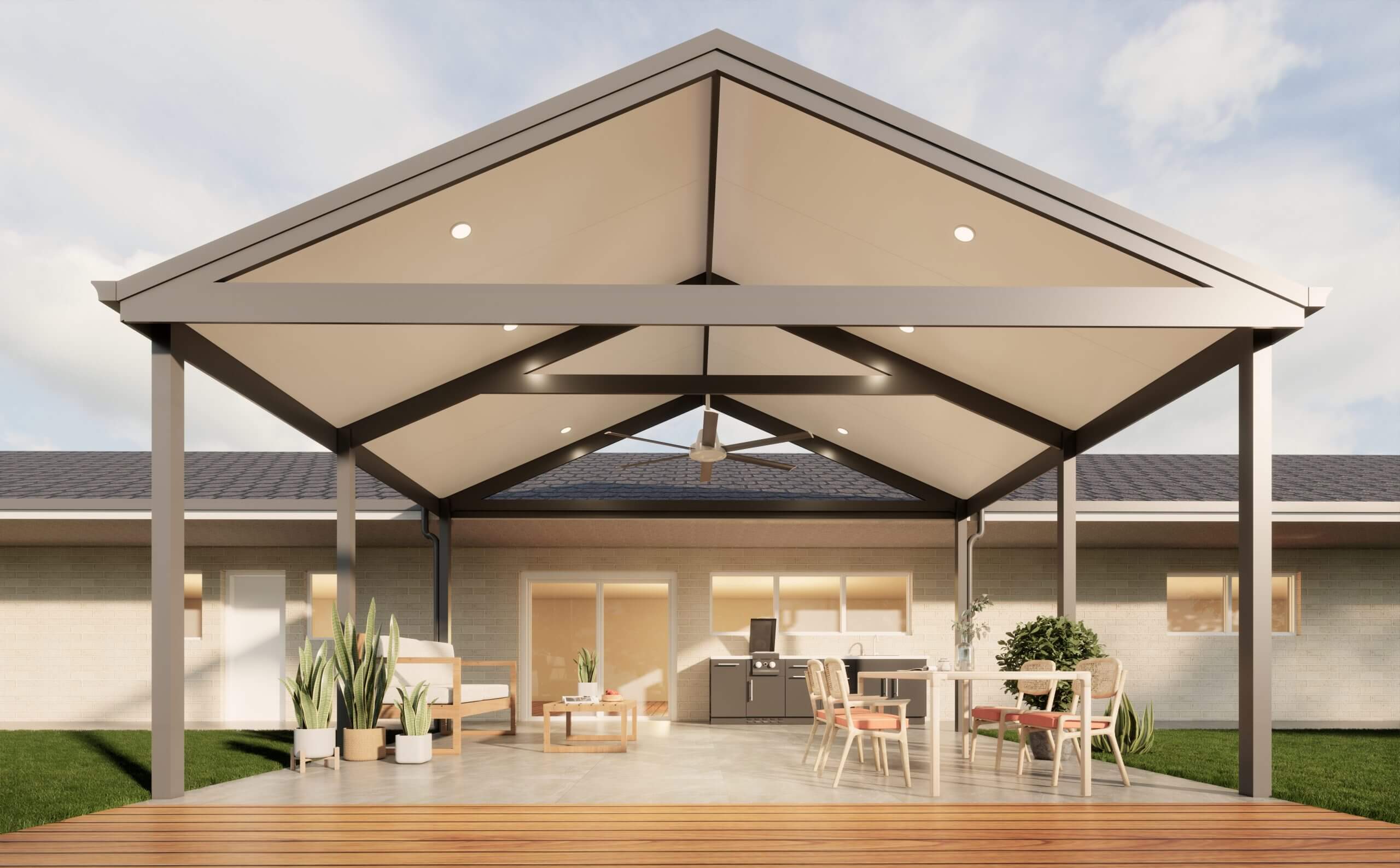
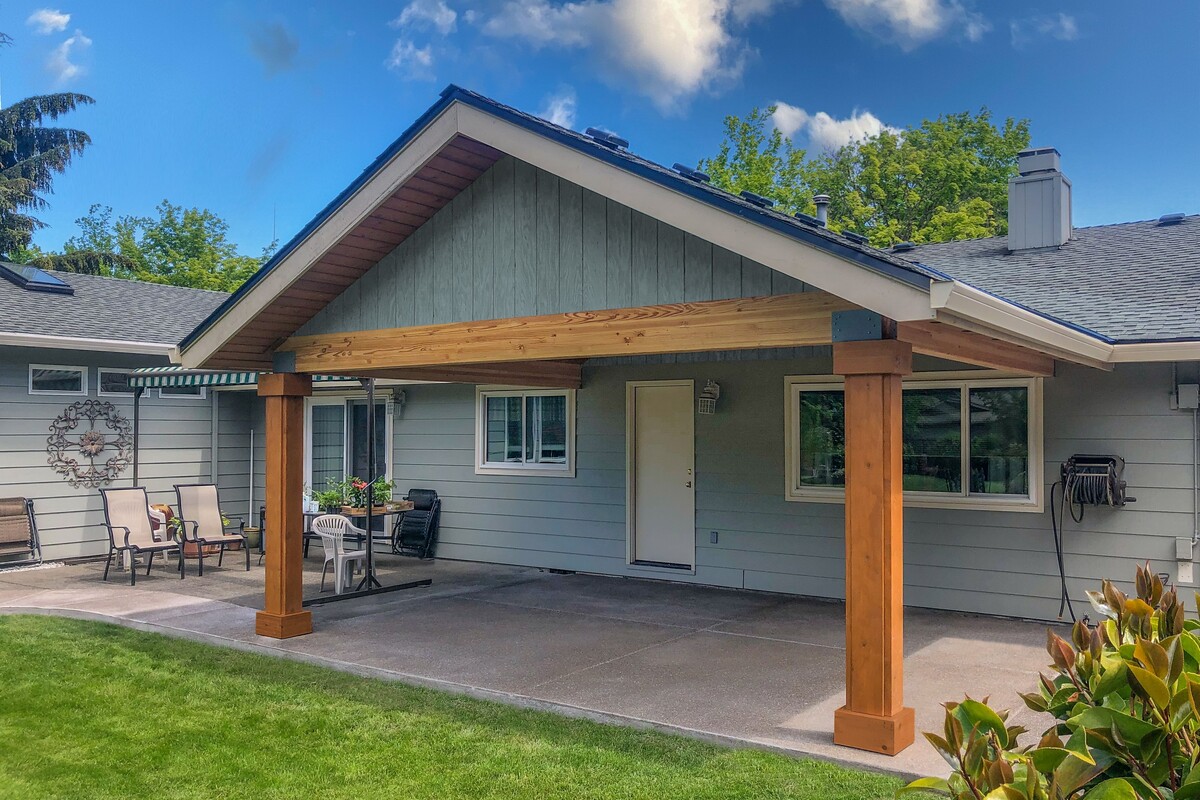
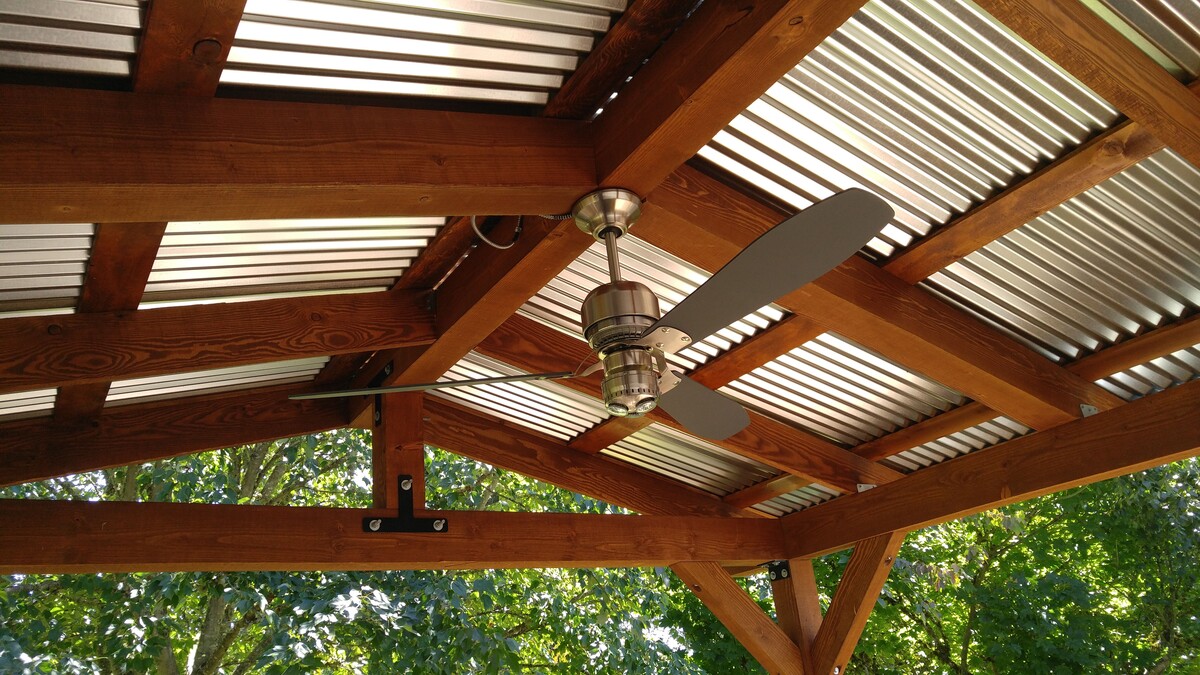
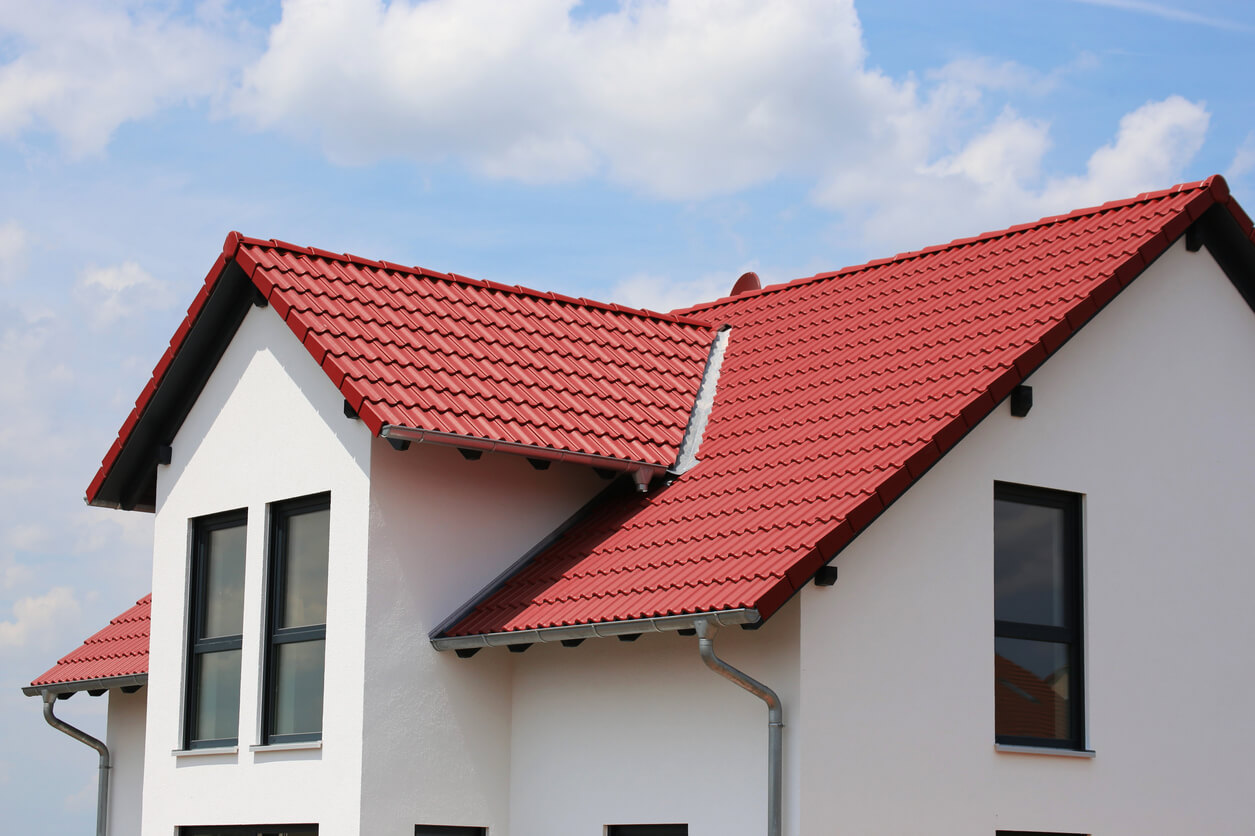


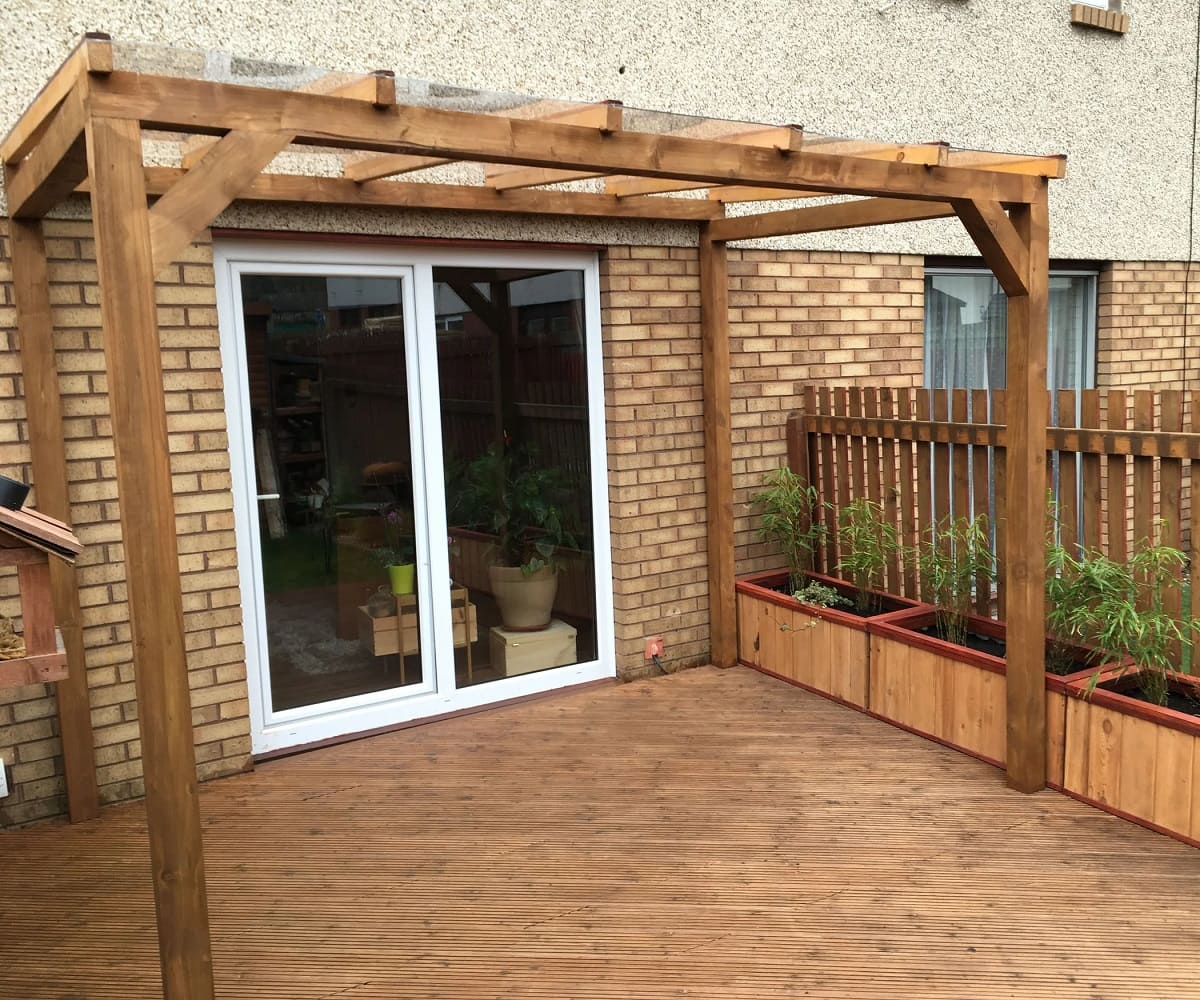
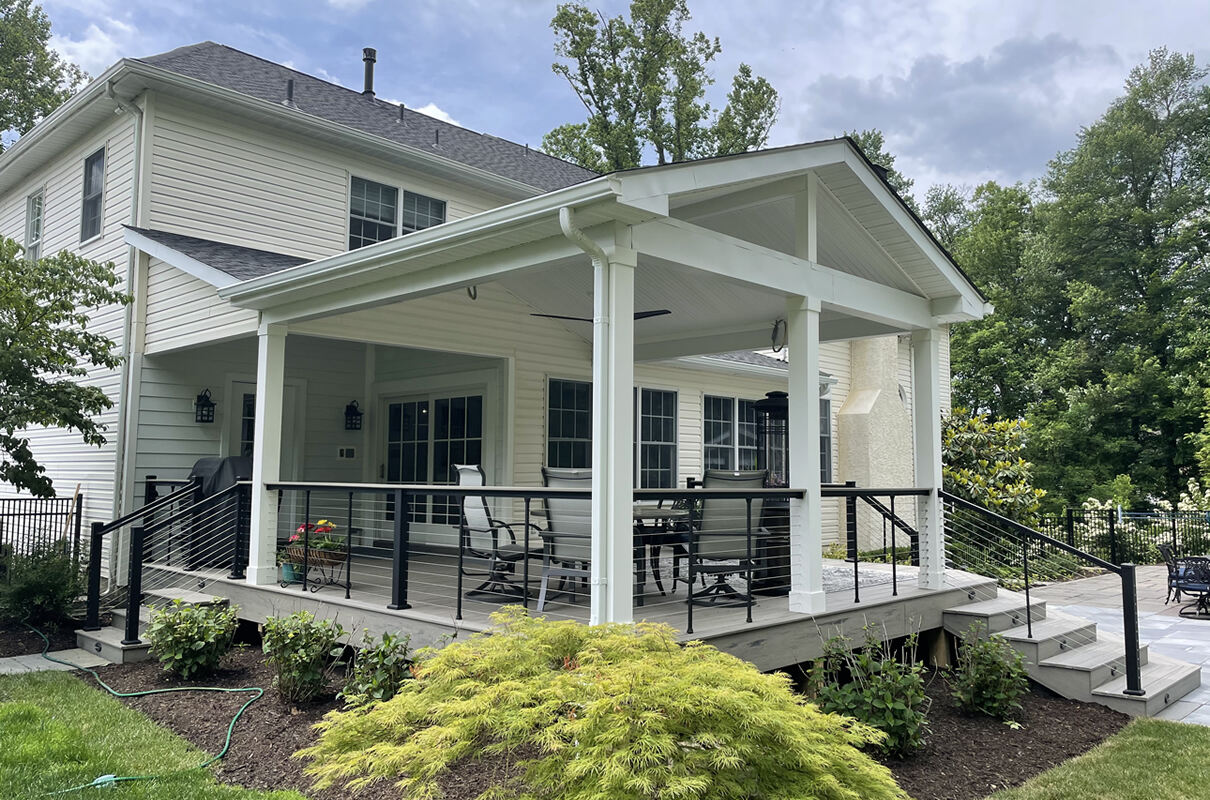
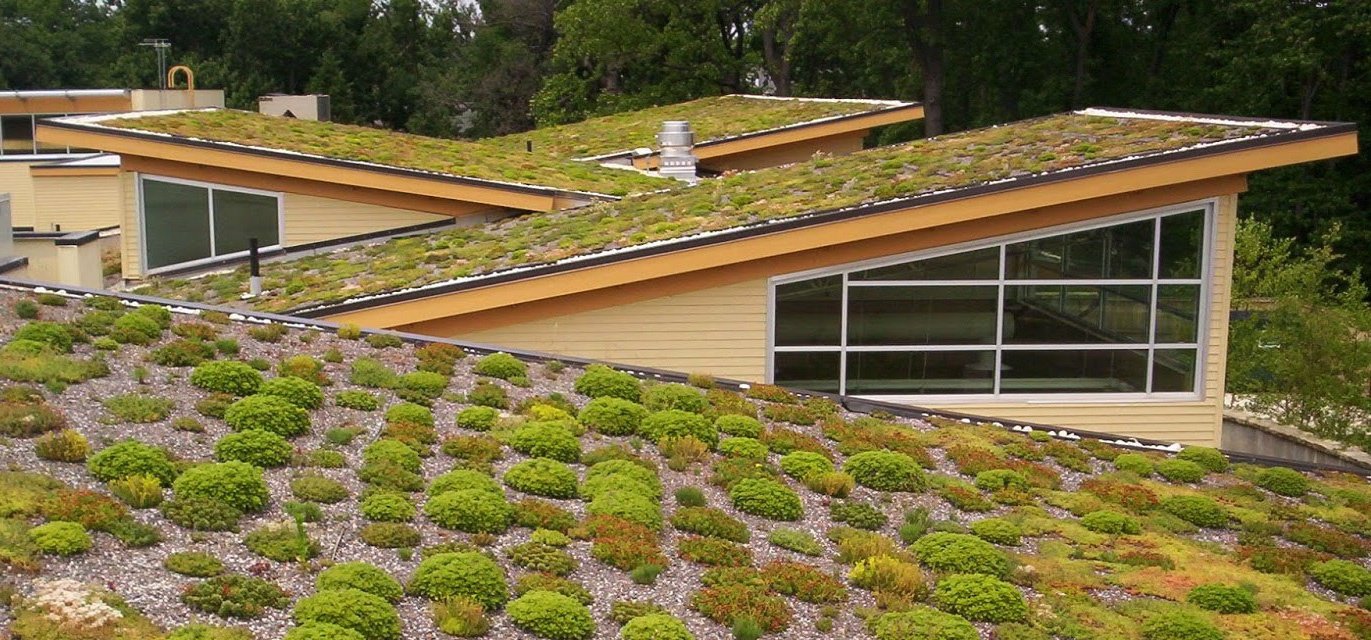
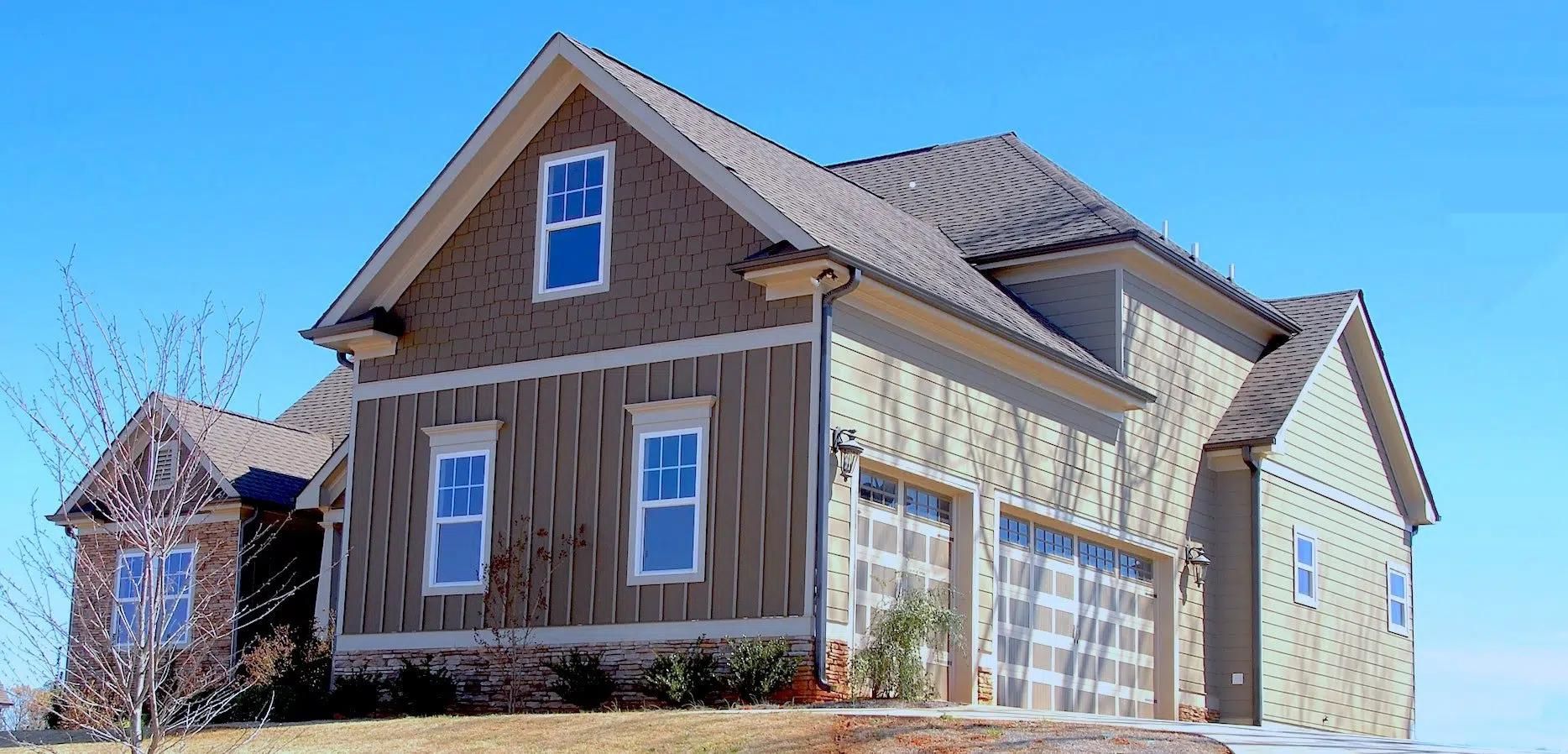
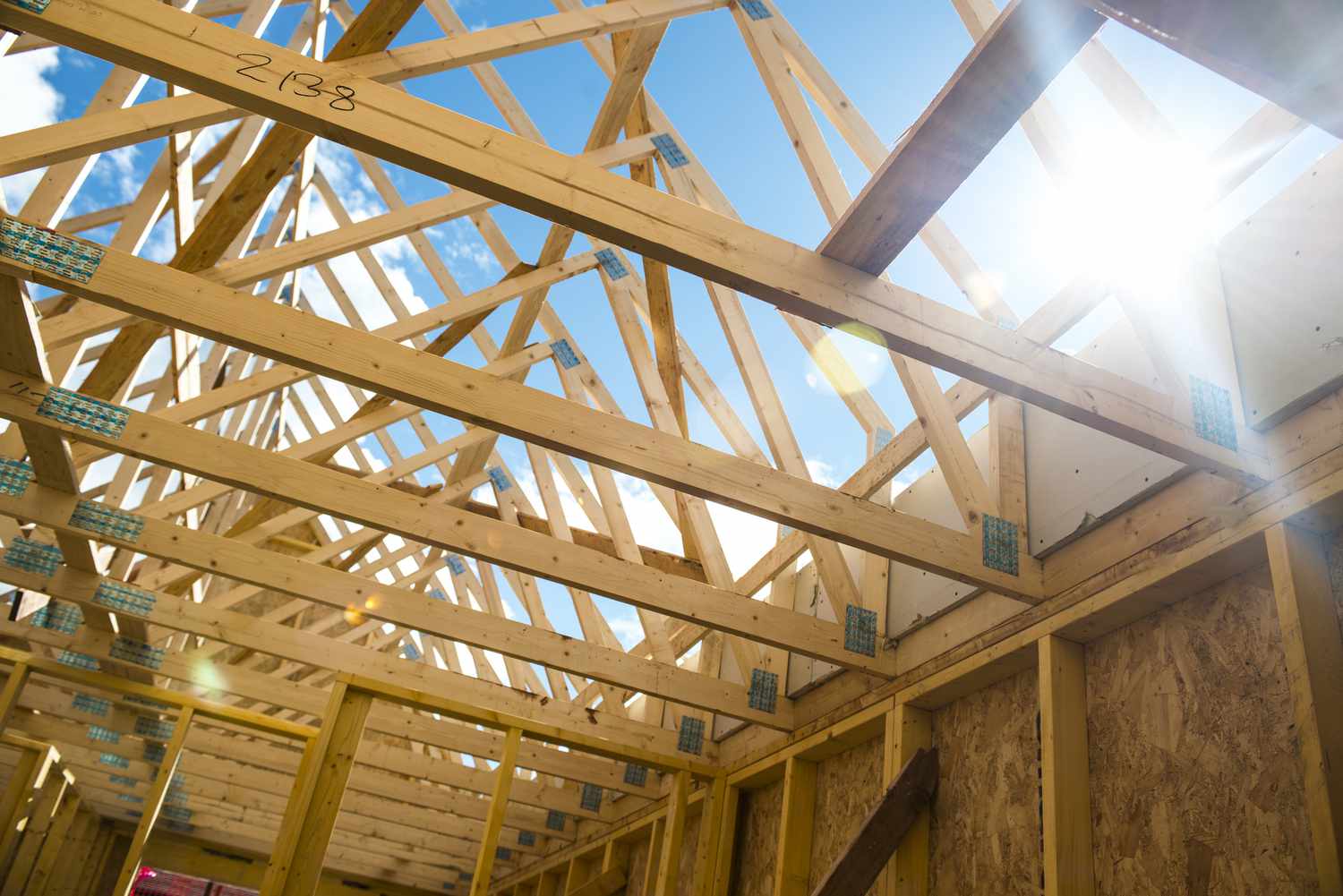
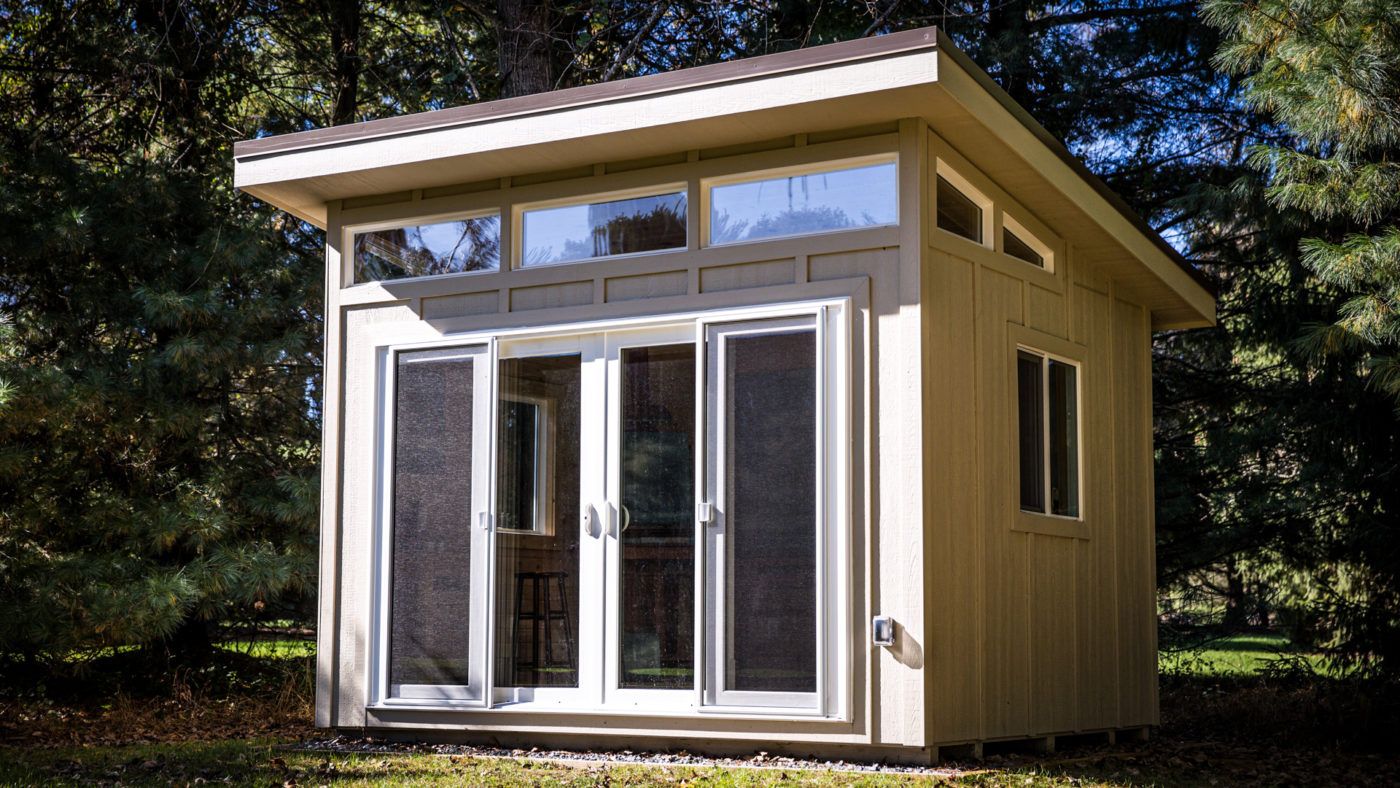

0 thoughts on “How To Build A Patio Roof Extension”